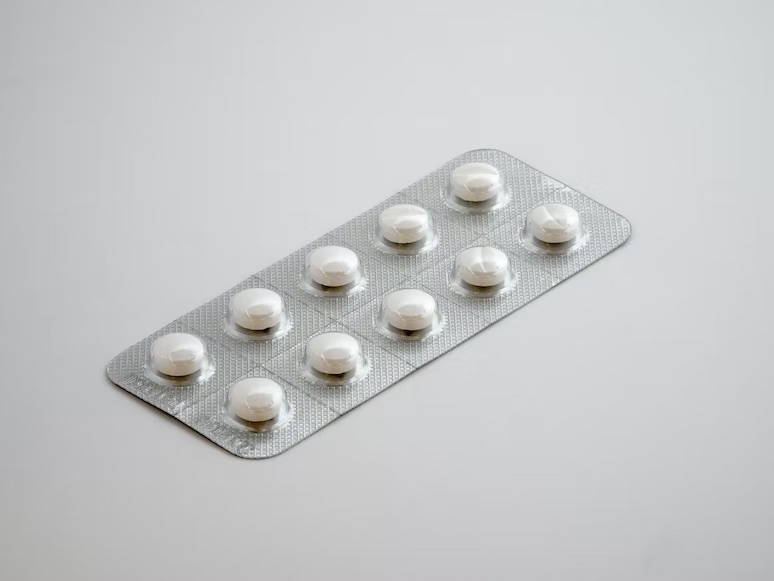We live in a time which we are very fortunate to have access to antibiotics and medicines in general. Before we had antibiotics, there was very little choice in how doctors treated infections; you could play the waiting game and see if the infection improved on its own, or a doctor could attempt to cut the infection out of the body.
It wasn’t until 1928 that the very first antibiotic was ever discovered. This discovery was actually an accident, when researcher Alexander Fleming came back to work after a leisurely weekend away from his lab, and stumbled upon a certain type of mould known as “penicillium notatum”, had halted the growth of Staphylococcus in a petri dish (a bacteria which can cause pneumonia, skin infections and some food-borne illness to name a few). He tried this against a variety of other bacteria, for which he saw successful results.
The way antibiotics work is that they work against bacterial infections, such as a bladder infection or a throat infection, but they will not be any good at fighting viral infections, such as a cold, influenza or gastroenteritis (stomach flu).
While it is true that all antibiotics will kill and halt the growth of bacteria, antibiotics have to be specific to the bacteria’s they kill as not all antibiotics are effective against the same bacteria and fight bacteria in different ways.
What are Antibiotics used for?
Antibiotics may be used to treat such bacterial infections that fit the criteria of:
- The infection is unlikely to clear up without the antibiotics, even if it is not serious – for example, acne
- It could infect others is not treated quickly and effectively, even if it is not serious – this could apply to a sexually transmitted disease such as chlamydia or a highly infectious skin infection such as impetigo.
- It could take too long to clear up without the medication needed – such as a kidney infection
- The infection may potentially cause other or more serious complications – such as cellulitis and pneumonia
People who are at high risk of infection may be prescribed antibiotics just as precaution, this is what is known asantibiotic prophylaxis.
Types of antibiotics and bacteria
Therefore, the type of antibiotic you GP will prescribe you to treat a certain infection depends of the type of bacteria that is causing that certain infection.
There are two main types of bacteria:
- Gram-Positive – thin, easily permeable, single-layered cell walls. For example, Streptococcus.
- Gram-Negative – thick, less penetrable, two-layer cell walls. For example, E. coli.
Basically, these two classifications are based on the type of cell wall that features in the bacteria. Thus, for the antibiotic to work, it needs to be able to penetrate either or both types of the cell walls found in bacteria.
Antibiotics usually work in one out of a few ways. They either directly interfere with the bacteria’s ability to repair the damaged DNA, stop the bacteria’s ability to make what it needs in order to grow new cells, or finally, weaken the bacteria’s cell wall until it ultimately bursts.
The majority of antibiotic out there on the market are considered “broad spectrum”, meaning that they are generally effective against a lot of different types of bacteria, including both gram positive and gram negative. Examples of broad-spectrum antibiotics are Fluoroquinolones, which is used to treat a range of infections from the urinary tract infections to things like pneumonia and anthrax. Also, Tetracyclines which is prescribed to treat everything from gonorrhea, stomach ulcers, and acne. These antibiotics are prided on the fact that they can clear up many different types of infections.
On the other hand, we have “narrow spectrum” antibiotics which are highly effective against specific, targeted groups of bacteria, however a narrow spectrum antibiotic will only work with gram-positive OR gram-negative, never both. An example of this type of antibiotic is Penicillin. Penicillin works by destroying the structure of the cell wall and specifically prevents gram-positive bacteria from continuing to be able to build new walls, which is vital as a cell cannot live without the wall that holds of the innards, inside itself.
Macrolide antibiotics are protein synthesis inhibitors, to make her explain this, the common macrolide antibiotic erythromycin works by binding to specific molecules, which are known as subunits, in a cell’s ribosome, which destroys the cell’s ability to form the proteins it requires for cell growth.
Problems with antibiotics
Taking antibiotics can come with some problems and risk.
There are certain types of antibiotics that are associated with some undesirable side effects. While antibiotics are designed to kill bad bacteria and eradicate infection in your body, they can also start causing problems when they kill any good bacteria inside of you. Antibiotics can commonly cause such infections as yeast or vaginal infections and may cause you to experience an upset stomach and diarrhea and among other similar problems.
Antibiotic resistance
The overuse of antibiotics has also left the world of medicine in a bad place. Misusing antibiotics can result in the bacteria building up a resistance to the antibiotic, and therefore now you will find that the medicine may not be working.
Taking antibiotics when you do not need too can contribute to the antibiotic-resistant bacteria, as well as causing a whole host of side effects. This goes for people who do not finish their course of antibiotics.
Antibiotic resistance is more and more being considered one of the biggest threats to global health, and it can affect any on from young to old, men to women, and anyone in any country.
When it comes to antibiotics, you should always take the advice of your doctor as they are qualified and know all about how antibiotics work best, and about the unfortunate phenomenon of antibiotic resistance and how to at least attempt to combat it.

